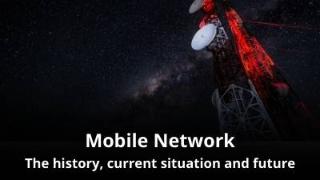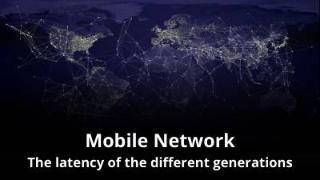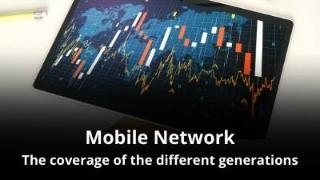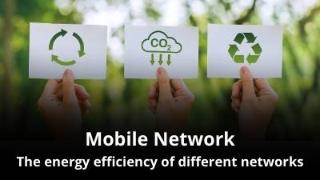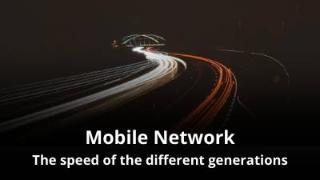The Energy Efficiency of the different Mobile Networks.
Energy efficiency in the context of mobile networks refers to the amount of energy consumed per unit of data transmitted. It’s a critical factor to consider when setting up your Mobile Virtual Network Operator (MVNO) for several reasons.
What is the Energy Efficiency of the different Mobile Networks?
- Why does the Energy Efficiency of the Mobile Network matter for Your MVNO?
- What is the Energy Efficiency of the different Mobile Networks?
- What is the Energy Efficiency of the 2G (Second Generation) Mobile Network?
- What is the Energy Efficiency of the 3G (Third Generation) Mobile Network?
- What is the Energy Efficiency of the 4G (Fourth Generation) Mobile Network?
- What is the Energy Efficiency of the 5G (Fifth Generation) Mobile Network?
- What is the Energy Efficiency of the 6G (sixth Generation) Mobile Network?
- Summary of is the Energy Efficiency of Mobile Networks
Why does the Energy Efficiency of the Mobile Network matter for Your MVNO?
Customer Experience
Reliable coverage ensures a positive user experience. Customers in areas with weak signals may switch to competitors if the service quality is poor.
Market Reach
Understanding coverage helps you identify your target market. Consider the demographics and geographical locations of your potential customers when selecting network technologies.
Service Offerings
Coverage influences the services you can offer. If your MVNO operates in areas with comprehensive 4G or 5G coverage, you can provide high-speed data services, attracting tech-savvy customers.
Roaming Agreements
Consider roaming agreements with operators offering compatible coverage. Roaming agreements expand your service reach globally.
Cost Considerations
Building your MVNO on networks with extensive coverage might be costlier. Balance cost and coverage to optimize your business model.
Future Expansion
If you plan to expand your MVNO’s services to new regions, understanding the coverage landscape is essential for strategic growth.
What is the Energy Efficiency of the different Mobile Network?
1. What is the Energy Efficiency of the 2G (Second Generation) Mobile Network?
2. What is the Energy Efficiency of the 3G (Third Generation) Mobile Network?
3. What is the Energy Efficiency of the 4G (Fourth Generation) Mobile Network?
4. What is the Energy Efficiency of the 5G (Fifth Generation) Mobile Network?
5. What is the Energy Efficiency of the 6G (sixth Generation) Mobile Network?
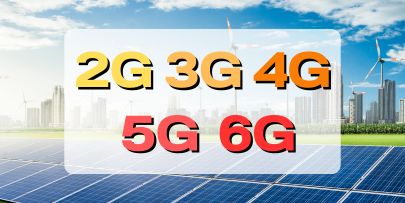
What is the Energy Efficiency of the 2G (Second Generation) Mobile Network?

Energy Efficiency
2G networks are relatively energy efficient. They were designed primarily for voice and text messaging, requiring less energy per data unit.
Significance for Your MVNO
2G networks are optimized for basic communication services, making them efficient in energy consumption. However, they are less suitable for data-intensive applications due to their slower data transfer rates.
What is the Energy Efficiency of the 3G (Third Generation) Mobile Network?

Energy Efficiency
3G networks are less energy-efficient compared to 2G. The introduction of higher data speeds led to increased energy consumption per transmitted data unit.
Significance for Your MVNO
3G networks, while offering improved data capabilities, consume more energy per unit of data due to their more complex infrastructure and higher processing demands. This increased energy usage should be considered, especially when planning for continuous data-intensive services.
What is the Energy Efficiency of the 4G (Fourth Generation) Mobile Network?

Energy Efficiency
4G networks are more energy-efficient than 3G. The technology enhancements in 4G led to better energy utilization per transmitted data unit.
Significance for Your MVNO
4G networks optimize energy consumption through various technologies like LTE (Long-Term Evolution). They provide higher data speeds with lower latency, offering better energy efficiency than previous generations. 4G networks are well-suited for MVNOs focusing on high-speed data services.
What is the Energy Efficiency of the 5G (Fifth Generation) Mobile Network?

Energy Efficiency
5G networks are designed to be highly energy efficient. They optimize energy usage to deliver high-speed data while minimizing environmental impact.
Significance for Your MVNO
5G networks incorporate advanced technologies such as Massive MIMO (Multiple Input, Multiple Output) and beamforming, enabling efficient use of energy resources. Although offering significantly higher data speeds, 5G networks aim to maintain or improve upon the energy efficiency of 4G. Thus for environmentally conscious MVNOs, 5G can be an attractive choice.
What is the Energy Efficiency of the 6G (Sixth Generation) Mobile Network?

Expected Energy Efficiency
6G networks are anticipated to continue the trend of high energy efficiency, focusing on sustainability, and minimizing ecological impact.
Significance for Your MVNO
While 6G is still in the research phase, it is expected to incorporate cutting-edge technologies to ensure optimal energy efficiency. Also environmental concerns become more significant, 6G networks will likely emphasize sustainability, making them suitable for eco-friendly MVNO initiatives.
Summary of the Energy Efficiency of Mobile Networks
Considering the energy efficiency of different network generations is essential for your MVNO’s sustainability, operational efficiency, and market positioning. In addition to this choosing energy-efficient technologies not only benefits your business but also contributes to a more sustainable and eco-friendly telecommunications industry.

